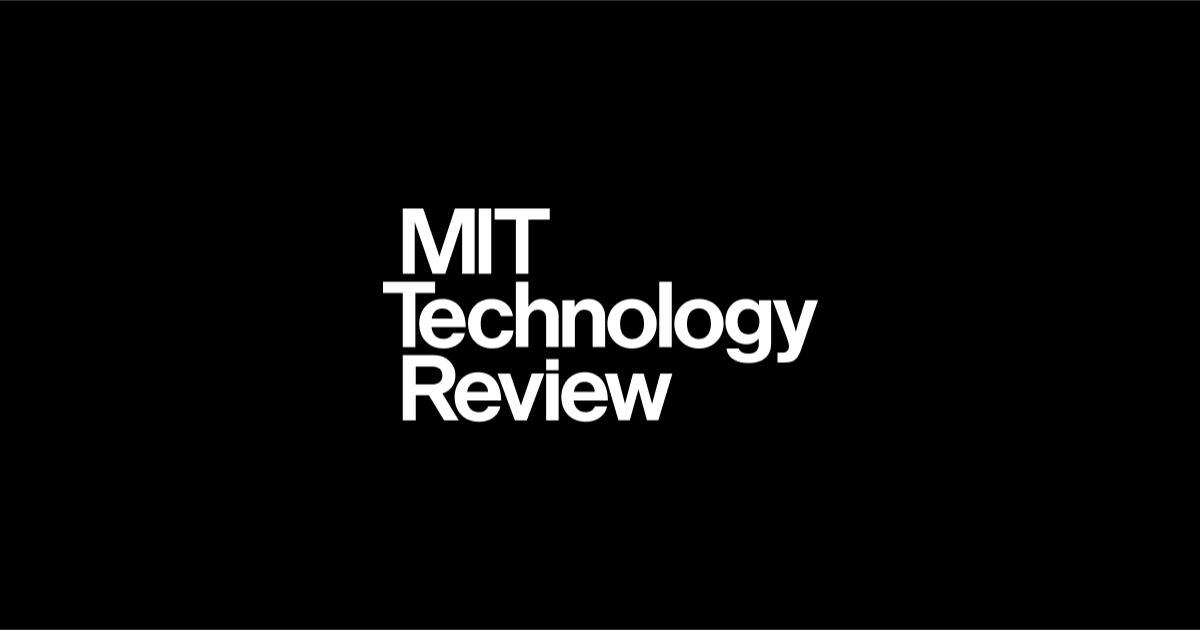Why MIT’s Oct 6 Climate-Tech Shortlist Matters Now
As U.S. policy funding shifts and capital becomes more selective, MIT Technology Review’s Oct 6 “Climate Tech Companies to Watch” list offers an essential buying guide for executives. By spotlighting just ten firms, it filters out early-stage bets and spotlights technologies with proven unit economics, clear deployment roadmaps, and incentive-friendly use cases. Source: MIT Technology Review, October 2024.

Executive Summary
- De-risked Pipeline: A lean group of firms ready for enterprise pilots with ROI in 12–36 months.
- Policy-Resilient Bets: Solutions that deliver immediate cost savings, compliance benefits, or risk reduction—even amid funding whiplash.
- Accelerated Procurement: A fast-lane diligence tool to align pilots with Scope 1–3 hotspots and incentive windows.
Company Highlights: Business Impact & Deployment
- Pano AI: Provides wildfire detection and perimeter mapping via satellite and drone analytics. Deployed with two major utilities in California, Pano AI reduced wildfire response time by 30%, avoiding $5M in outage costs in under 18 months. Integration: OT/IT dashboards and MRV reporting within six weeks.
- LanzaJet: Converts ethanol into sustainable aviation fuel (SAF) with carbon credits. Customers include regional airlines seeking 10–20% SAF blends. Expected ROI in 24–36 months through fuel savings and 45Q tax credits. Integration: Existing fuel supply chain and carbon accounting systems.
- Sunfire: Manufactures modular electrolyzers for green hydrogen production. Deployed at an industrial chemical plant in Germany, achieving a 25% reduction in scope 1 emissions. Payback in 3–5 years when paired with renewable power contracts. Integration: high-voltage grid hookups and SCADA integration.
- Sublime Systems: Produces low-carbon cement using geopolymers. Piloted on a $50M infrastructure project in Europe, shaving embodied carbon by 60% and securing a 5% bid premium. ROI horizon: first project within 12 months. Integration: standard cement mixing equipment with minor recipe adjustments.
- Rumin8: Offers feed additives that cut methane by 30% in dairy herds. Deployed with three large-scale dairy cooperatives in Wisconsin, delivering 15,000 tCO2e avoided annually. ROI in 6–9 months via feed efficiency and carbon market revenues. Integration: feed mills and MRV data flows.
Fast ROI Opportunities: Where to Start
- Risk & Continuity: Wildfire early-warning systems can reduce insurance premiums by up to 10% and minimize downtime within one fire season.
- Scope 1 Decarbonization: SAF yields immediate emissions cuts and tax credits, with value capture in under three years.
- Industrial Energy Transition: Green hydrogen electrolyzers pay back in 3–5 years when colocated with renewables and leveraged for grid services.
- Materials Advantage: Low-carbon cement enhances bid win rates in public tenders and meets emerging carbon mandate thresholds.
- Scope 3 Agriculture: Methane-reducing feed additives deliver verifiable Scope 3 cuts in months and open carbon credit revenue streams.
Procurement Playbook & KPIs
- Define Pilot Objectives: Align on carbon, cost, and compliance targets (e.g., 5,000 tCO2e avoided/year).
- Fast-Lane Vendor Selection: Use MIT’s shortlist as your RFI filter; score firms on ROI timeline and integration complexity.
- Execute Agreements: Sign MOUs with milestones—for example, demo completion in 60 days; pilot go/no-go at 120 days.
- Integrate & Measure: Connect to OT/IT systems, deploy MRV dashboards, and train teams in 90 days.
- Scale or Exit: Review performance at 6 months; expand successful pilots into commercial contracts.
Sample Contract Clauses:
- Performance Warranty: ≥95% system uptime or pro-rated fee credits.
- Data-Sharing & MRV: Real-time emissions and performance data delivered via API.
- MOU Milestones: Demo sign-off, mid-pilot review, and go/no-go decision points.
Key Performance Indicators (KPIs):
- tCO2e avoided per year
- Payback period (months)
- System uptime improvement (%)
- Cost per unit of emissions avoided ($/tCO2e)
TL;DR
MIT Tech Review’s Oct 6 shortlist cuts through the noise to spotlight climate tech with real-world traction, short ROI horizons, and integration readiness. Use this guide to fast-track pilots, capture incentives, and lock in supply.
- Initiate fast-lane pilots by Q1 to align with 2025 incentive windows.
- Secure MOUs and performance-backed contracts to hedge price and regulatory risk.
- Deploy MRV-enabled integrations to quantify savings, unlock credits, and scale proven solutions.
Ready to jumpstart your climate tech procurement? Contact Codolie’s experts to download our full pilot template and ROI calculator.
Leave a Reply